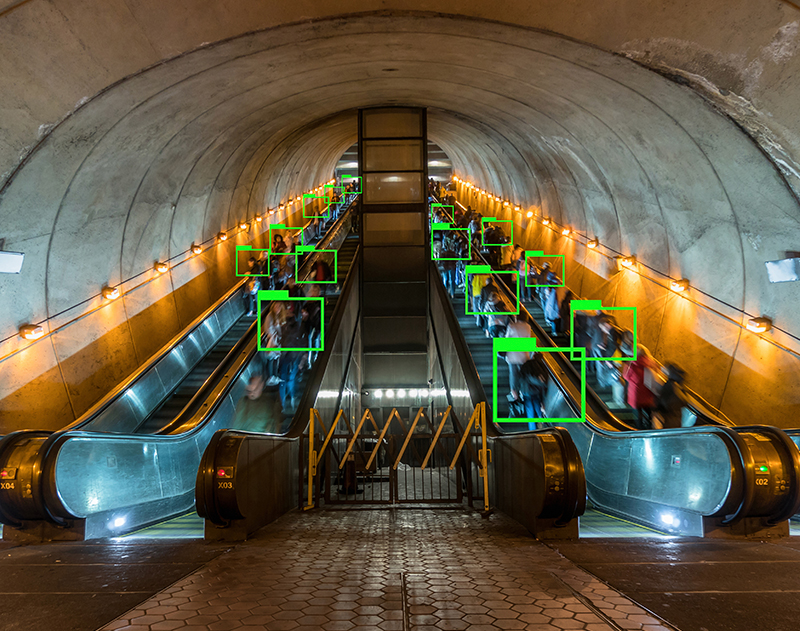Tangibilization as a way to support Agile Development
There are many defined roles in the Agile Scrum methodology, and throughout my professional and entrepreneurial career, I have had to perform in several of them. From being a developer, trying to understand what the “final user” really wants, to the Product Owner himself. Performing other roles as well such as the Scrum Master, software architect, designer, tester, UX specialist, stakeholder, among others.
Without minimizing other roles, the most challenging one for me has been the Product Owner one. And not only for me, but also for many other Product Owners in charge of projects in which I have participated or observed. There have been times when applying a methodology such as AGILE SCRUM that should set a project on the right path, the outcome is the exact opposite, one in total chaos, without harmony and, especially at the end of development, requiring extra time without rest from the development team (you know, the typical sleepless sessions near the delivery date, or “crunch time”).
From my point of view, at an app development, whether they are mobile, high-performance web applications or high security such as Fintech Apps, the technical team must have sufficient expertise, knowledge and above all, talent to solve the type of work that is being developed, without theses bases, forget to apply development methodologies and hope to succeed.
Something similar happens with the other roles involved in the methodology. All are based on some sort of technical knowledge that they must perform naturally and joyfully, after all, that is what they do on a daily basis. But what about a Scrum Product Owner?
Let’s start by remembering the formal definition of a Product Owner (PO):
“The Product Owner represents the stakeholders of the project. The role is primarily responsible for setting the direction for product development or project progress. The Product Owner changes and sets the priority of backlog item list based on stakeholder feedback and project circumstances. Finally, ensures that product development translates into value for the stakeholders”
Scrum.org
In other words, he or she is a visionary, an orchestrator of sorts, a person who knows what he/she wants and is confident about it, even though has never done something like that, since we are talking about innovative digital projects. But hold on, fortunately for all of us, there are courses and certifications to be “overnight” that kind of person. Do you believe that?
If all these were true, the PO would be the position with the most pressure in a development project, and so much more when you have a capable team at your back. I have seen how even in large first-world organizations, at the end it is the developer himself who takes that plus, to make a project achieve its mission, of course, not without high stress and many hours of extra work.
There are also organizations with very capable POs, that have developed the same technology for a long time, in which the POs are really the most experienced and that know very well the goal they are pursuing in the development sprint.
But, what happens in a Startup? What happens when you are innovating within a large corporation? Obviously the organization does not have a PO ready, with certifications and experience in the innovation they are creating. You can start with an idea, and as it develops you will see that is not the right way to go, after all, “it is wise to change your mind”.
At Inflexion we have adopted a prototype-based methodology and Business Solution Definition to help the PO complete their vision before even start coding. It is an internal methodology that comes form more than 10 years developing innovation projects both for Startups, as well as for corporations and banks. Mixing some agile methodologies such as Scrum, Kaban and non-agile, such as Design Thinking, Crisol V, Test Driven, among others. And we also relied on stories of how development worked with the best PO earth has seen, Steve Jobs. In the end, the PO is just another human being, and his vision must materialize in some way to be certain of what he/she had in mind.
So, if you have a new innovative product in mind, being a new Web Platform, or a mobile App, and you don’t have experience creating this type of products, make sure your development agency has the flexibility and methodologies aimed at making tangible that idea in which you are investing your time and money, in a short time.
Finally, to build a digital product is like an art, it requires many human touch and talent to make it work, requires time and dedication. If the product owner lacks a clear vision, then will make it difficult to build or keep. Help him/her creating a tool, like a prototype, so we can see the hole picture, since at the end, developers act as his/her hands to build that innovative idea.







